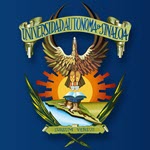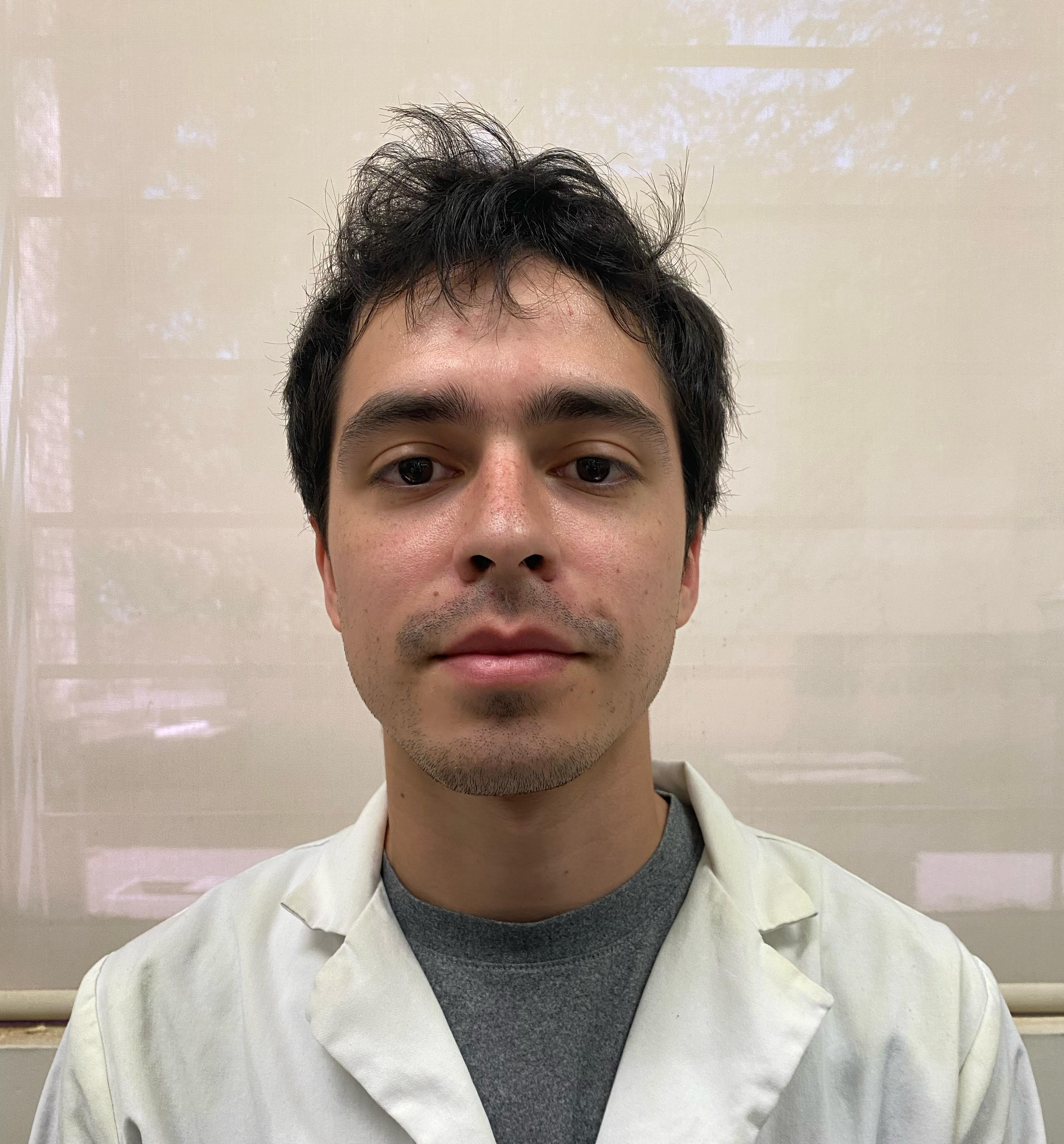Below is a summary of the abstract you submitted. Presenting author(s) is shown in bold.
If any changes need to be made, you can modify the abstract or change the authors.
You can also download a .docx version of this abstract.
If there are any problems, please email Dan at dar78@pitt.edu and he'll take care of them!
This abstract was last modified on March 31, 2025 at 5:34 p.m..

Bacteriophages are the most abundant entity on Earth, they have a crucial role in the microbial ecosystem by killing bacteria and controlling their growth. Additionally, they play a fundamental role in the genetic variations in bacterial communities due to the intense “arms race” between these central figures. Nevertheless, the diversity of bacteriophages in soil remains largely unexplored due to the challenges of implementing effective methodologies. This study aimed to determine the optimal sampling conditions for successfully detecting phages in soil samples from the City of Culiacan, Sinaloa, Mexico. A total of 48 humid soil samples were collected between 2023 (31 samples) and 2024 (17 samples). We evaluated environmental factors such as temperature, sampling depth, collection time, and isolation methods using the host Microbacterium foliorum. The data collected between 2023-2024 were then compared. The results indicated that 47.9% of the samples tested positive for at least one of the two isolation methods employed. In 2024, the proportion of positive samples increased to 64.7%, compared to 38.7% in 2023. Among the positive samples, 30.4% were identified through the enriched isolation method, while 21.7% were identified through direct isolation, and 47.8% tested positive for both methods. In 2023, the average environmental temperature was 28.2°C, the sampling depth was 5 cm, and the predominant collection time was 6:30 a.m. In contrast, in 2024, the average temperature increased to 30.2°C, the average sampling depth increased to 11.4 cm, and the most common collection time shifted to 7:00 a.m. We observed a diversity of phages in both years, with an average of one phage per sample. The relationship between phage diversity and temperature was similar across both years; however, the typical sampling depth in 2024 was greater than in 2023. Notably, the highest diversity was observed in samples collected from a depth of 15 cm. This work reinforces previously obtained data by comparing and contrasting existing information with new findings, ultimately seeking to enhance our understanding of the microbial ecosystem on solid foundations.

